Investigating drug dissolution enhancement and controlled release of solid-liquid hybrid dosage form using Liqui-Pellet technology.
Discover how the Caleva Multi Lab was used to demonstrate the flexibility and potential of Liqui-Pellets as the next generation oral dosage form.
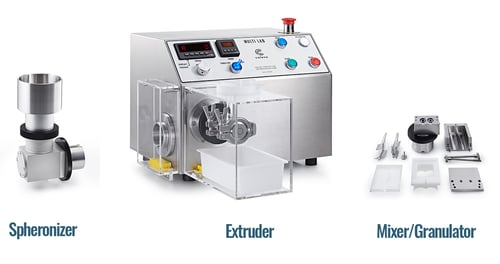
The Need for Improved Bioavailability
More than half of the drugs currently available on the market (as many as 60%) and around 90%i in development are poorly water-soluble. This translates to inefficient drug absorption, compromising the therapeutic effect for the patient, which is termed poor bioavailability. Although the dosage may be increased to achieve a sufficient therapeutic response, this can unfortunately increase the risk of side effects.
Improving the dissolution rate and bioavailability of both existing and future drugs is a major global challenge for formulation scientists working in the pharmaceutical industry.
The Next-Gen Oral Dosage Form: Liqui-Pellet Technology
Liqui-Pellet technology (also known as Liqui-Mass technology) is an exciting, recently developed oral dosage form which hopes to combat the issue of low bioavailability by improving release (dissolution) rates for many existing, and future, drugs. Liqui-Pellet technology stems from Liquisolid technology which was discovered more than two and half decades ago but has never been a serious contender for mass manufacture due to some considerable drawbacks. While Liqui-Pellet technology is still in its early stages, the potential of this breakthrough, along with being a flexible technology, could be significant and far-reaching.
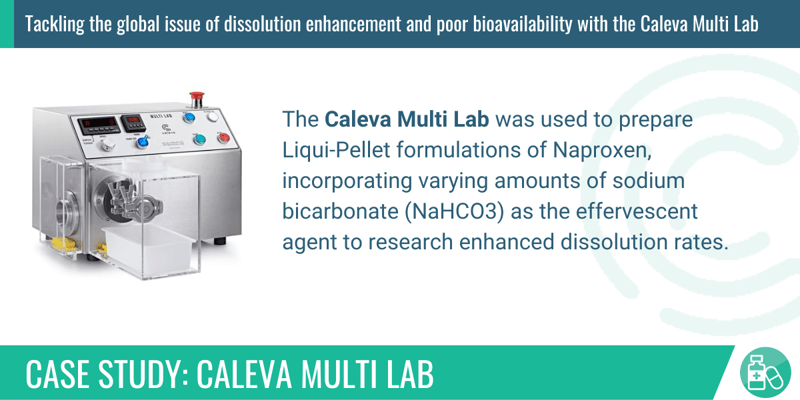
Increasing the Dissolution Rate of Naproxen: A Case Study
The case study below highlights the findings of one of a series of important investigations carried out by Dr Matthew Lam, former researcher at the University of Sussex, who developed Liqui-Pellet technology using the Caleva Multi Lab.
In the following case study, the Caleva Multi Lab was used to prepare Liqui-Pellet formulations of Naproxen, incorporating varying amounts of sodium bicarbonate (NaHCO3) as the effervescent agent.
The Study
The aim of this study was to investigate whether sodium bicarbonate could be successfully added into the formulation for naproxen Liqui-Pellets, and to understand if the addition of the effervescent agent to the formulation would then enhance the drug release rate.
This study also demonstrates the flexibility of Liqui-Pellets in terms of formulation design and helps to establish the efficacy and commercial potential of Liqui-Pellets as a new oral dosage form.
The Preparation of Naproxen Liqui-Pellets
Naproxen Liqui-Pellet formulations were successfully produced using the Caleva Multi Lab, and were prepared containing 5%, 12%, 22%, 32% and 42% w/w of the effervescent agent NaHCO3.
The naproxen formulation was blended together and then mixed in a Caleva Multi Lab for 2 min at 125 rpm. Deionized water (granulating liquid) was then added gradually into the mixture to form a wet mass with a suitable rheological property for extrusion using the Caleva Multi Lab. Following the extrusion process, the extrudate was spheronized using the Caleva Multi Lab with the spheronizer attachment. The spheronization speed was initially set at 4000 rpm, and was adjusted down to 2000 rpm if agglomeration seemed likely. The resulting pellets were then placed in a 40°C oven for up to 12 hours to remove the excess water content.
Aside from the different concentrations of sodium bicarbonate and water content, everything was kept the same for all versions of the formulations.
Once all the variations of the Liqui-Pellets were complete, the physicochemical properties were investigated. This included dissolution testing, particle size analysis, particle size distribution, flowability, and friability testing. The naproxen Liqui-Pellets were also compared to the physical mixture pellet.
The Results
The results revealed that not only is it possible to incorporate an effervescent agent into a Liqui-Pellet formulation, but that NaHCO3 is an effective multifunctional excipient for enhancing the dissolution rate of Naproxen Liqui-Pellets in an acidic environment (pH 1.2).
Importantly, all the finished Liqui-Pellets had either good or excellent flow properties.
After all the Liqui-Pellet variations had been analysed and tested it was found that the formulation containing 42% w/w NaHCO3 released 76.4% of the drug after 2 hours, a dissolution rate 14 times faster than the physical mixture pellet which achieved a release rate of just 5.5% drug release in 2 hours.
The incorporation of 42% NaHCO3 into the formulation made the total weight of each (hard gelatin) capsule unit containing Liqui-Pellets to be only 231 mg (each hard gelatin capsule was filled with pellets containing the equivalent of 25 mg of naproxen).
Such a high percentage of effervescent would be almost impossible to incorporate into a pill using the conventional Liquisolid formulation, owing to weight and size limitations.
Conclusion
This study demonstrates a very promising outcome for the future of oral drug delivery with a huge potential for improvement for patients.
Not only are the initial outcomes for Liqui-Pellet testing showing positive results for factors including enhanced dissolution and increased bioavailability, but this new dosage form has been designed and developed with the feasibility of mass manufacturing at the front of mind.
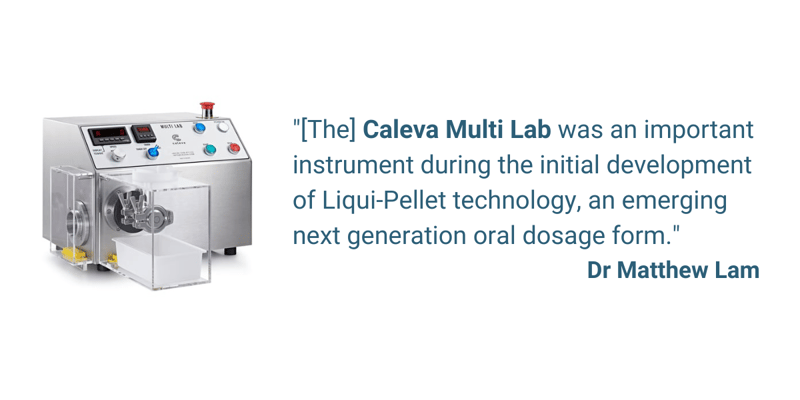
Additional Studies
Dr Matthew Lam has been working hard to demonstrate the full flexibility and wide-reaching potential of the Liqui-Pellet. There are many other published papers about Liqui-Pellet technology by Dr Lam. While this case study examines the enhanced release rate of naproxen using sodium bicarbonate as a functional excipient for controlled release, there are other papers which demonstrate the Liqui-Pellet's design potential for sustained release.
There are also papers which outline Dr Lam's experiments which have shown far faster dissolution rates, including 100% of the drug in just 15 minutes using Liqui-Pellet technology.
The Caleva Multi Lab has been a vital instrument throughout Dr Lam's Liqui-Pellet research.
What Dr Matthew Lam said about the CML
When asked about his experiences using the Caleva Multi Lab, Dr Lam gave the following testimonial:
"[The] Caleva Multi Lab was an important instrument during the initial development of Liqui-Pellet technology, an emerging next generation oral dosage form. The machine has multifunction such as mixing, extruding and spheronizing in a single package that is simple to operate. Although there are different types of approach in extruding, the extruder in the Caleva Multi Lab is excellent as it works well with the spheroniser to produce uniform size pellets. This is due to the well design friction plate and capability to adjust the spheronizing speed, which can be set to be very fast. I find not all pelletizer offer such high speed of spheronization."
Caleva Multi Lab
The Caleva Multi Lab has been instrumental in the initial development of Liqui-Pellets and subsequent studies to demonstrate the feasibility of this new oral dosage form.
With the ability to process powder into pellets in under 15 minutes, the Caleva Multi Lab is ideal for research and development facilities as well as educational settings; Mix, extrude and spheronize wet mass formulas with one convenient, bench-top machine and complete multiple iterations in a single day.
Suitable for use in a wide range of industries including pharmaceutical, nutraceutical, catalyst, chemical, cosmetic, food, agriculture, aquiculture, ceramics and more – discover how the Caleva Multi Lab is being used to further research globally in our Published Papers section.
References:
Lam, M. and Nokhodchi, A., 2022. A Novel Application of an Effervescent Agent in Naproxen Liqui-Pellets for Enhanced Drug Release. DISSOLUTION TECHNOLOGIES, 29(2), pp.94-101. http://dissolutiontech.com/issues/202205/DT202205_A04.pdf

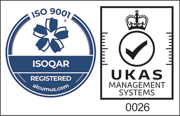
Leave A Comment